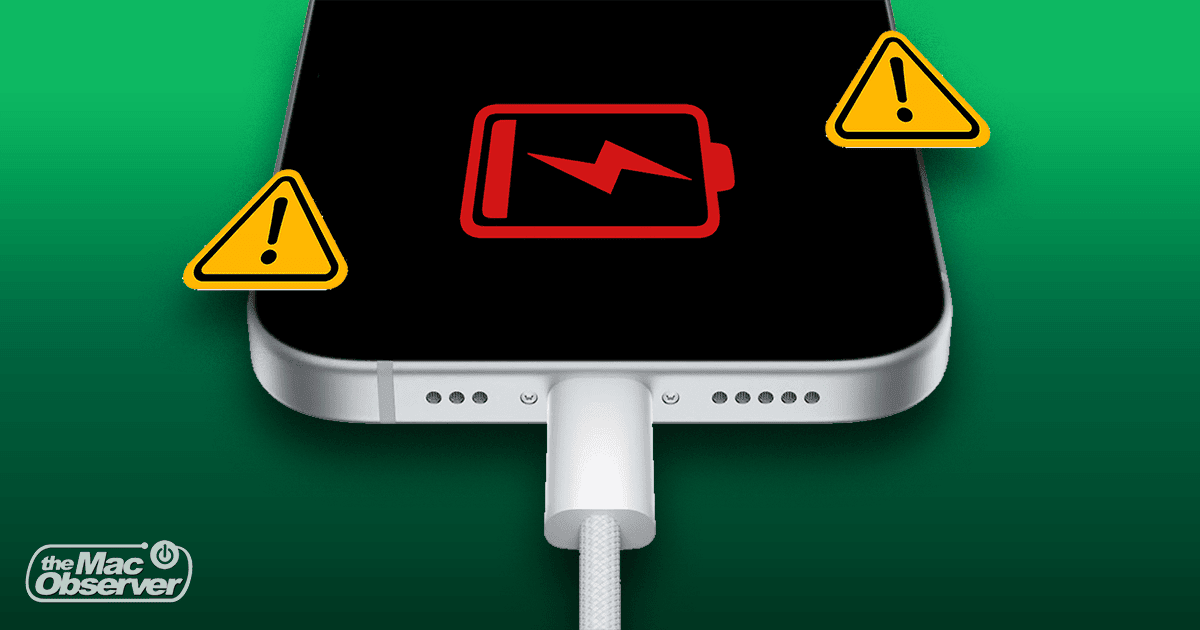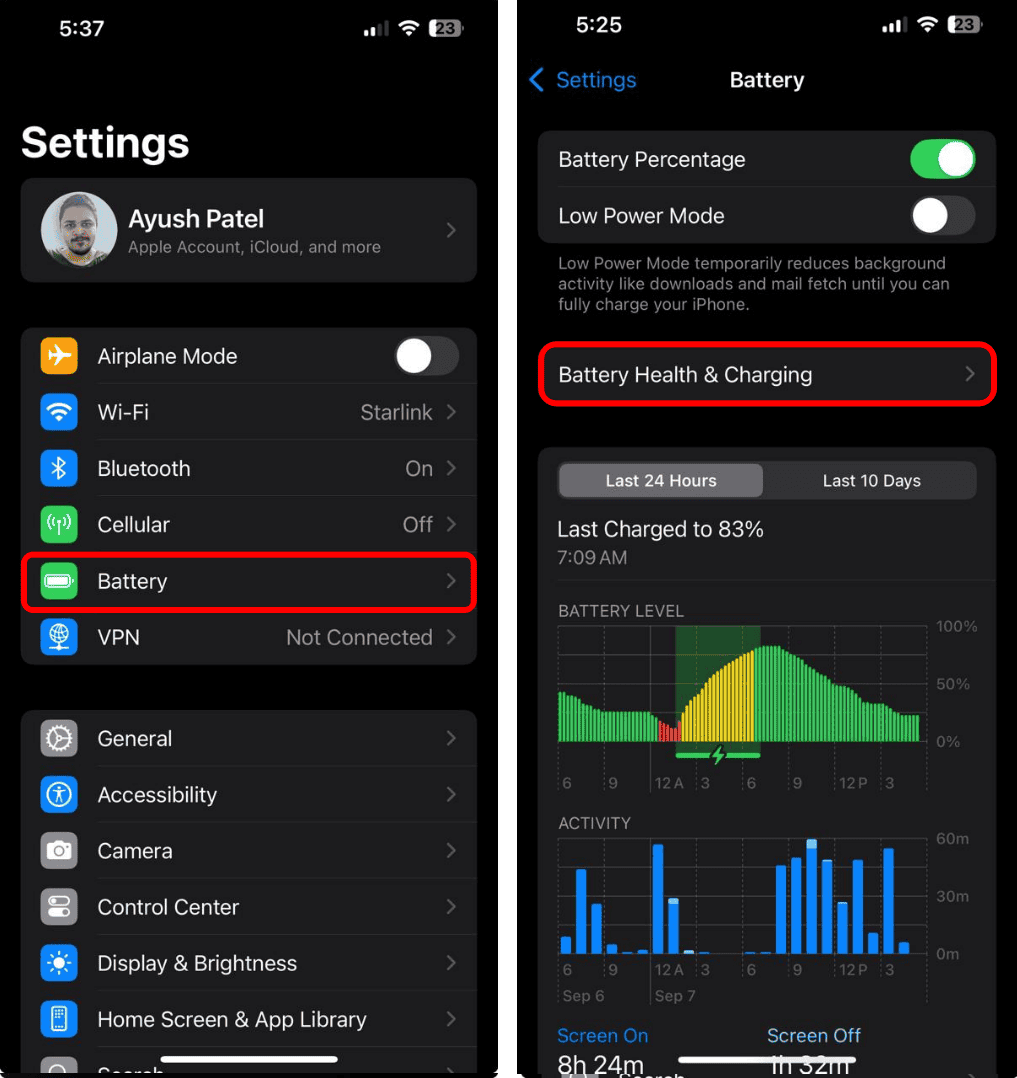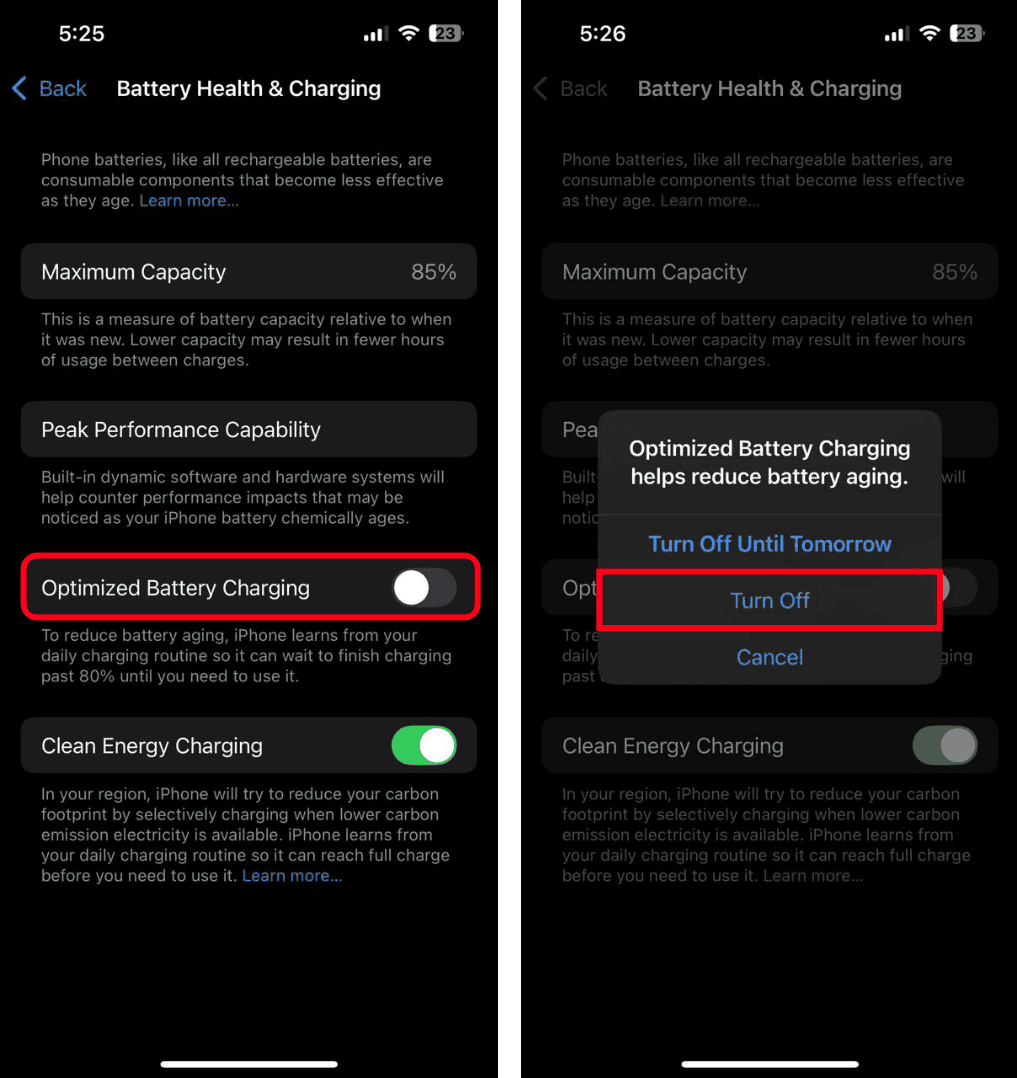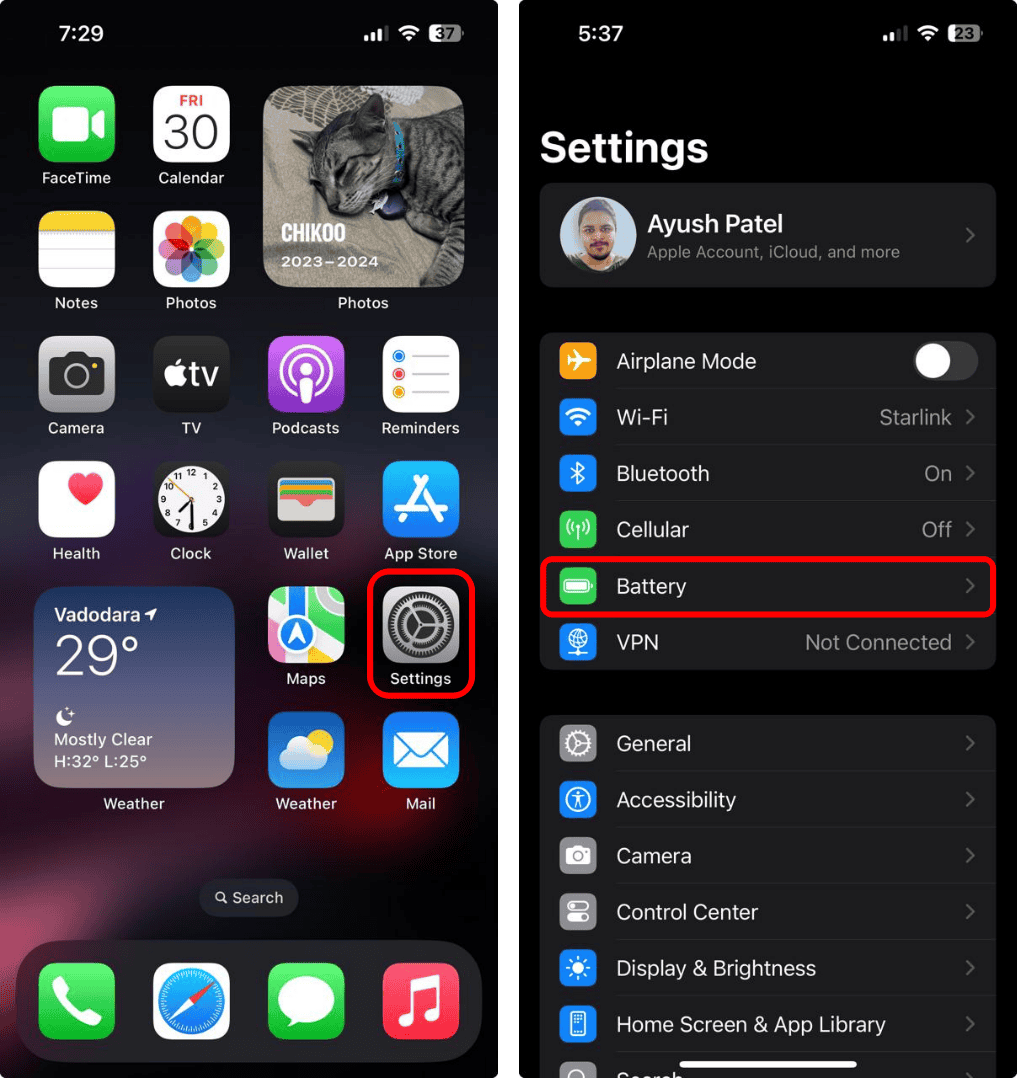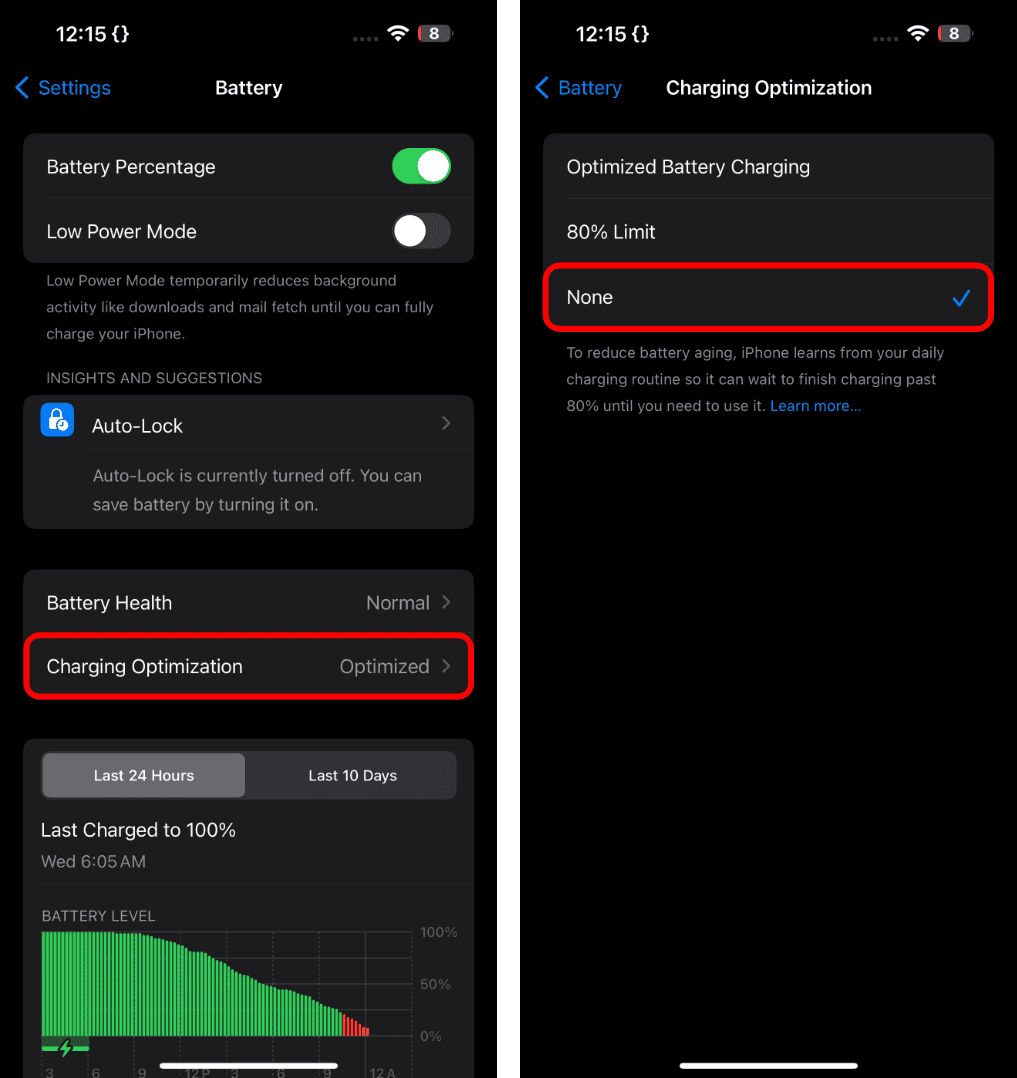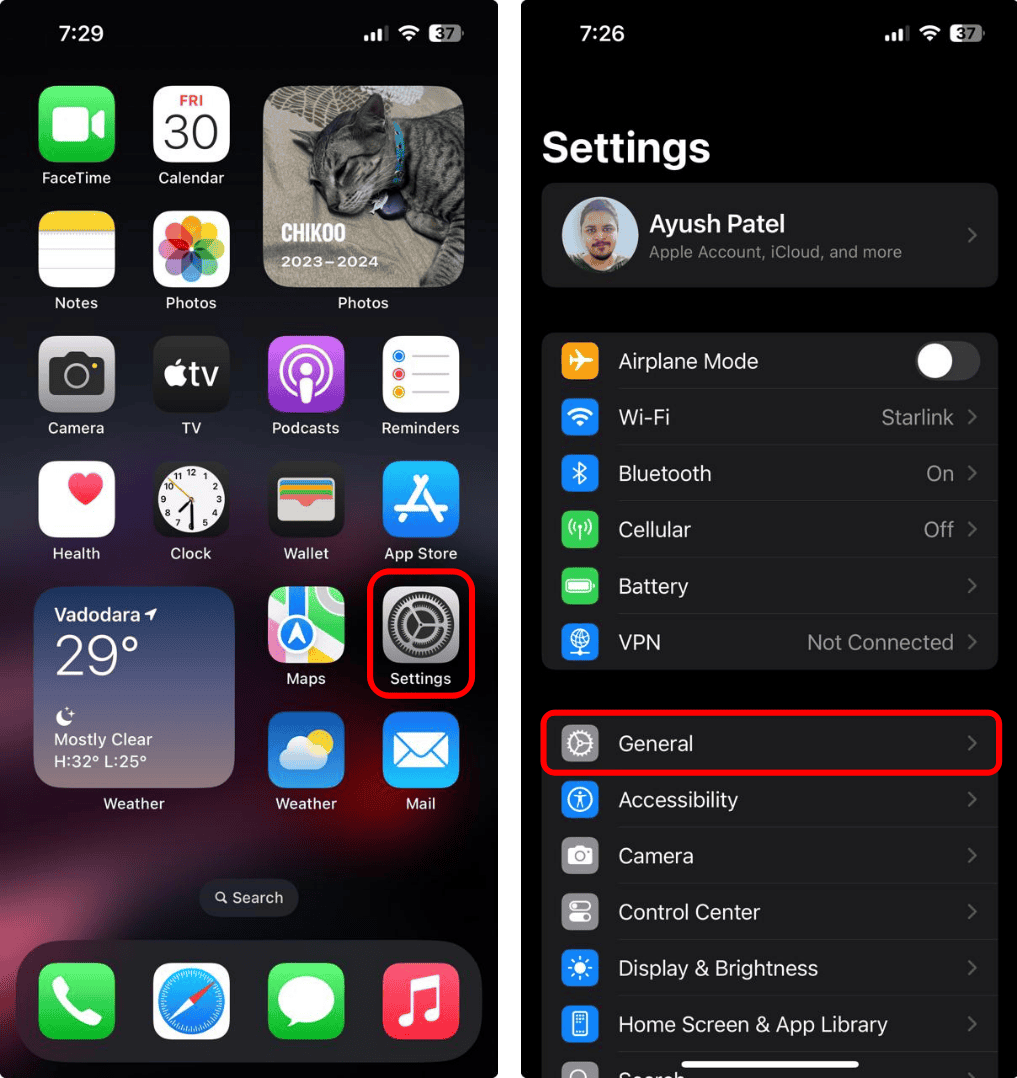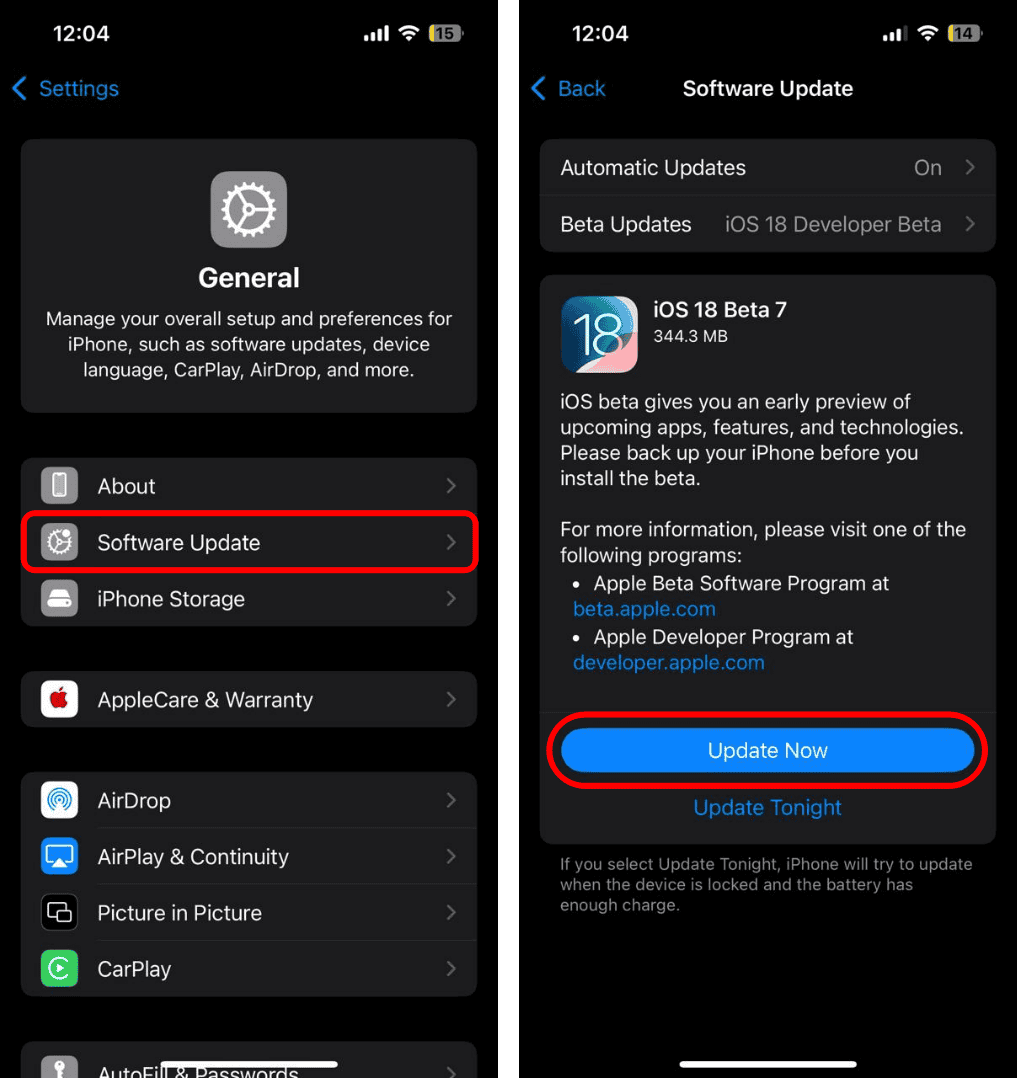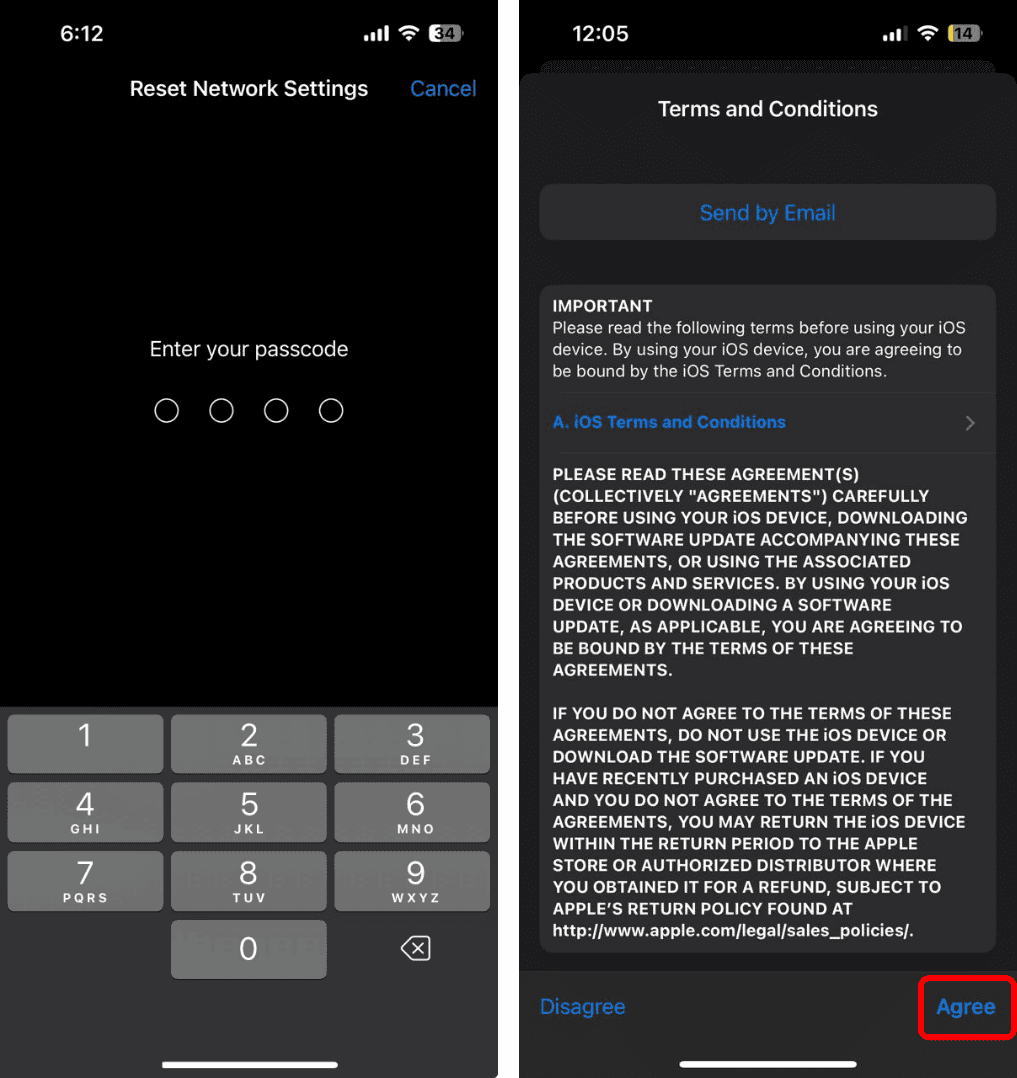We depend on our iPhones for everything from checking emails to ordering food and making payments via Apple Pay. However, things can quickly go south if your iPhone is running low on battery and won’t charge. If you have run into this exact issue, don’t worry! There are several ways you can solve this.
Why is my iPhone Not Charging?
In most cases, your iPhone may stop charging due to human errors, such as a loose link between your iPhone and the charging cable. You may also face issues due to a faulty charging cable or adapter, a clogged charging port, incorrect settings, or, sometimes, a software or hardware issue.
8 Ways to Fix an iPhone That Won’t Charge
If you are lucky, you might still be able to charge your iPhone wirelessly. However, this won’t solve the underlying issue if it’s related to the charging port.
1. Try To Force Restart Your iPhone
Force restarting or hard rebooting your iPhone can be a simple yet effective way to resolve charging issues. This process essentially kills all background processes and refreshes your device’s software to eliminate glitches and give it a fresh start. Here’s how you can do this, depending on your specific model:
- iPhone 8 or newer: Press and release the Volume Up button followed by the Volume Down button. Now, press and keep holding the Side Button until an Apple logo appears on your iPhone’s screen.
- iPhone 7 and 7 Plus: Keep holding the Volume Down and Side buttons until you see the Apple logo.
- iPhone 6s or Older: Keep holding the Sleep/Wake and Home buttons until you see the Apple logo.
2. Ensure the Charging Port Is Clean
Over time, the charging port on your iPhone can gather dust, lint, and other debris, which can block the connection between your charger and the device. Your iPhone may also stop charging if it detects water inside the charging port to prevent further damage due to a short circuit.
To ensure this isn’t the case, you must clean the charging port on your device using compressed air. If you don’t have a can of compressed air, you may wrap the tip of a toothpick with cotton and carefully insert it into the port to remove any debris. Just be careful that you aren’t poking too hard.
3. Try Using a Different Cable or Charger
If force restarting or cleaning the charging port doesn’t help, it’s likely that the power brick or the cable you are using is damaged. To ensure that this isn’t the case, check both for potential signs of damage.
If you do find that the adapter is broken or the cable is frayed, you may want to try charging your iPhone with a different cable and a charger. But if that doesn’t work, you might want to check the next solution.
4. Try Using a Different Source of Power
Sometimes, the issue might not be with your iPhone or its charger but with the power source itself. This is a very common occurrence if you are trying to charge your iPhone with a power bank or another device.
You should try charging your iPhone with the original adapter that is plugged into a different socket than your usual one. This will ensure that your iPhone is not underpowered or the power socket is damaged.
5. Turn Off Optimized Battery Charging
Optimized Battery Charging in iOS is designed to extend the lifespan of your iPhone’s battery by limiting its exposure to full charges. While it has its advantages, it prevents your iPhone from charging above 80 percent. Thus, if you are having charging issues, you may want to turn off Optimized Battery Charging.
- Open the Settings app and tap Battery.
- Navigate to Battery Health and Charging.
- Then, toggle off Optimized Battery Charging.
- Select Turn Off from the resulting dialog box.
If you have an iPhone 15 or later, you can set the feature to work automatically, set a charging limit, or turn it off altogether. As a result, the steps to disable Optimized Battery Charging are a little different.
- Open the Settings app and go to Battery.
- Tap the option for Charging Optimization.
- Select None to remove the charging limit.
6. Ensure Your iPhone Isn’t Overheating
Your iPhone has built-in fail-safes that automatically disable charging if the temperature reaches a certain threshold. This helps slow down battery degradation while minimizing the risk of fire hazards. As a result, if your iPhone feels unusually warm, you must allow it to cool down before attempting to charge it again.
Your iPhone may overheat if exposed to direct sunlight or placed on a soft surface like a pillow when charging. Cheaper or faulty charging cables and adapters can also cause overheating.
7. Toggle off Clean Energy Charging
Clean Energy Charging is yet another feature that might interfere with charging, especially if you’re trying to charge your iPhone quickly. This feature is designed to reduce your carbon footprint by charging your iPhone only when an area’s power grid is generating cleaner, lower carbon-emission electricity.
If you want to prevent Clean Energy Charging from causing interference, you should disable the feature:
- Launch the Settings app on your iPhone and navigate to Battery.
- Tap Battery Health and Charging. (Battery Health on newer devices).
- Now, toggle off Clean Energy Charging and then select Turn Off.
8. Install the Latest Version of iOS
Underlying bugs or glitches in iOS can occasionally lead to unexpected software issues, affecting your iPhone’s charging capabilities. In most cases, installing the latest version of iOS can help you resolve such issues, as iOS updates often include bug fixes and other general improvements.
- Open the Settings app and navigate to General.
- Tap Software Update to check for iOS updates.
- If a new update is available, tap Update Now.
- Enter your iPhone Passcode and tap Agree.
If you are lucky, any one or a combination of solutions listed in this guide should be able to fix the issue. However, if things don’t work out as intended, your iPhone’s battery might be at the end of its lifecycle. You may contact Apple Support to learn how to replace your iPhone.
